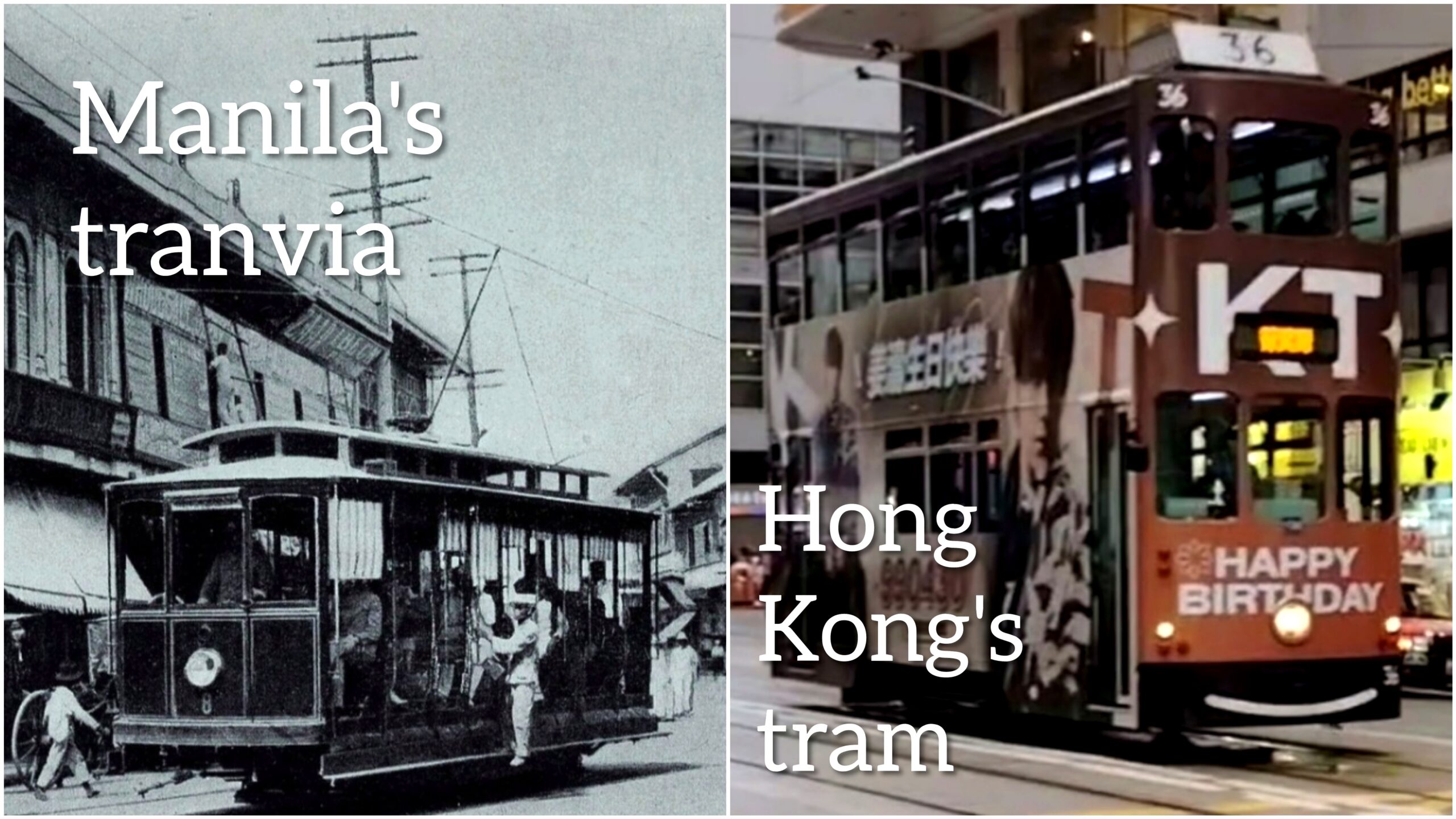Tracks of time: Hong Kong’s trams survived, Manila’s didn’t

Hong Kong’s century-old tram system remains a beloved, affordable way to traverse the city, while Manila’s once-thriving tranvía exists only in history books.
More than 160 double-decker trams operate along a 13-kilometer (8-mile) track on Hong Kong Island, stretching from Kennedy Town to Shau Kei Wan. Rides cost just HK$3 (P22.15) for adults, with six routes available. The trams, which lack air conditioning and feature wooden benches, move at a leisurely pace—topping out at 40 kilometers per hour—making them better suited for short trips.

In contrast, Manila’s tram system (also called the tranvia), which served the city and surrounding areas in the early 20th century, is now just a memory.
According to some historical accounts, construction began in 1885 under Don Jacobo Zobel’s Compañia de los Tranvías de Filipinas. The Malabon Line, launched in 1888, used steam locomotives, while horse-drawn trams operated in Intramuros, Malate, Sampaloc, and Malacañang areas.
After the Philippine-American War, the system fell into disrepair. By 1902, only 10 horse-drawn cars remained in service. The Manila Electric Railroad and Light Company (Meralco) took over in 1905, expanding the network to 63 kilometers.
World War II devastated the system. By 1941, the fleet had shrunk from 170 to 109 cars as buses grew in prominence. Bombings during the Battle of Manila in 1945, along with flood damage, sealed its fate.
Today, remnants of the tracks can still be found near Tutuban Railway Station at the intersection of Recto Avenue and Dagupan Extension—a ghost of Manila’s transit past.



0 Comment